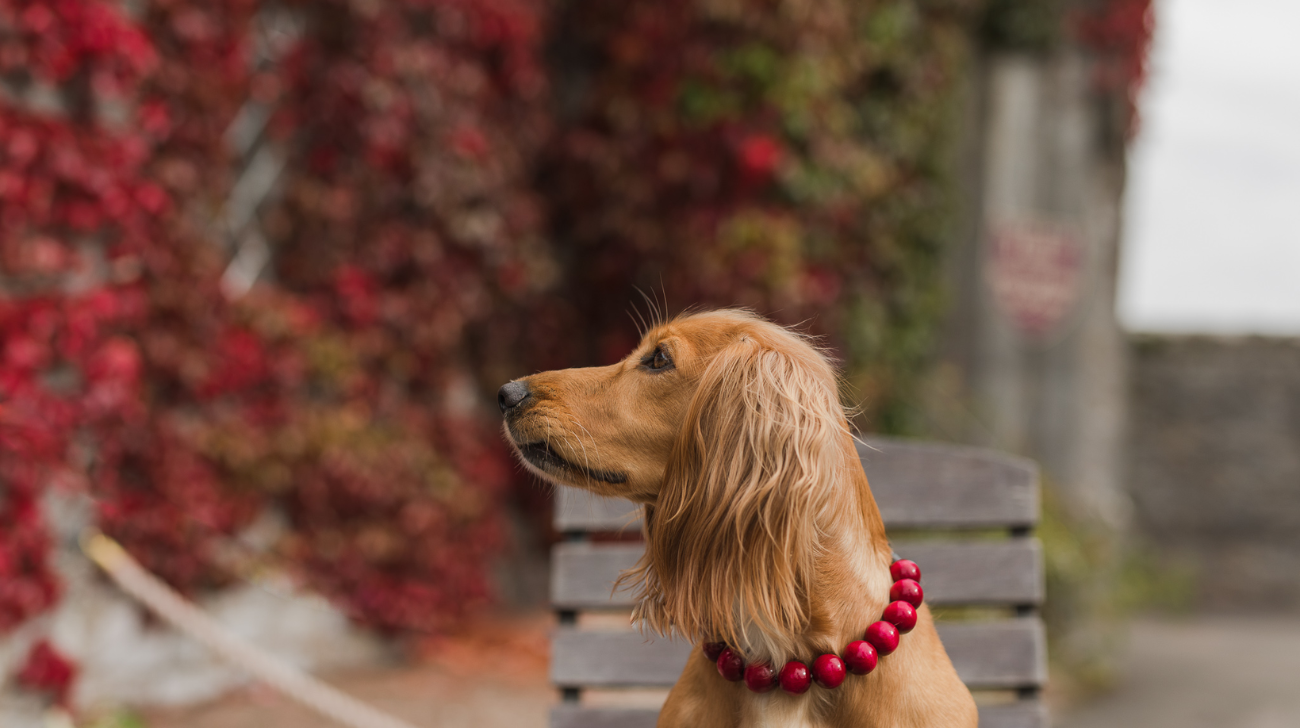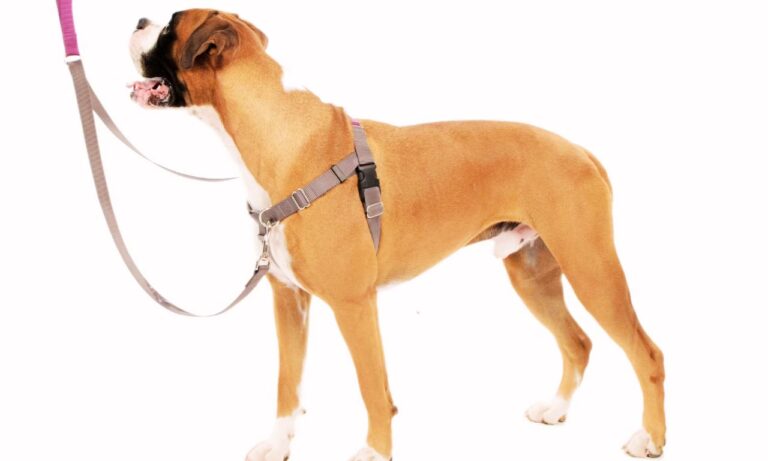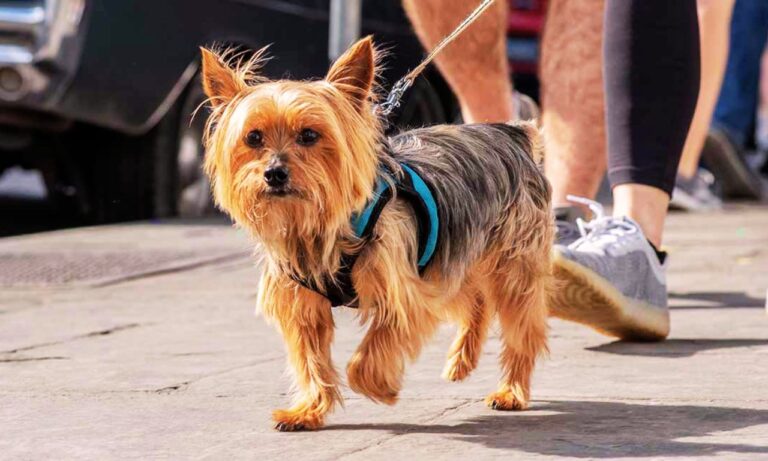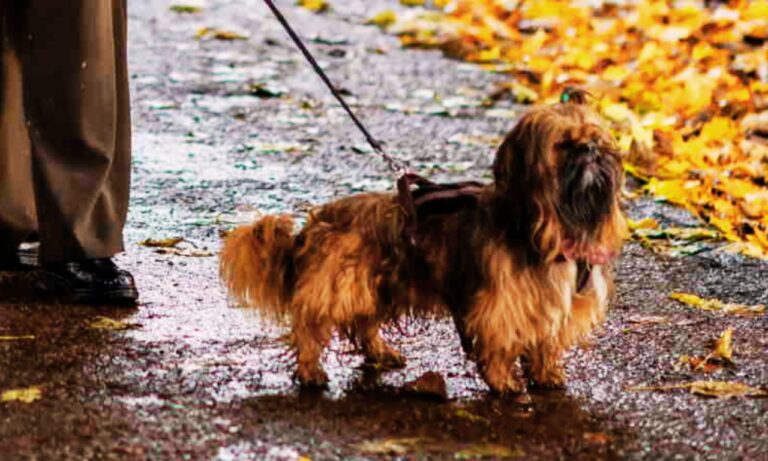When it comes to choosing the right collar for your dog, style, comfort, and safety are all crucial factors. Are beaded dog collars safe? Beaded dog collars, known for their unique and decorative appearance, are popular among pet owners.
The recommended size collar for an English Cocker Spaniel usually ranges from 12 to 18 inches, providing a snug and comfortable fit for your dog.
However, concerns about the safety and practicality of these collars often arise. This article will explore the safety of beaded dog collars, how to ensure a safe choice, and key factors to consider if you’re thinking about getting one for your pet.
Blog Highlights
ToggleAre Beaded Dog Collars Safe?
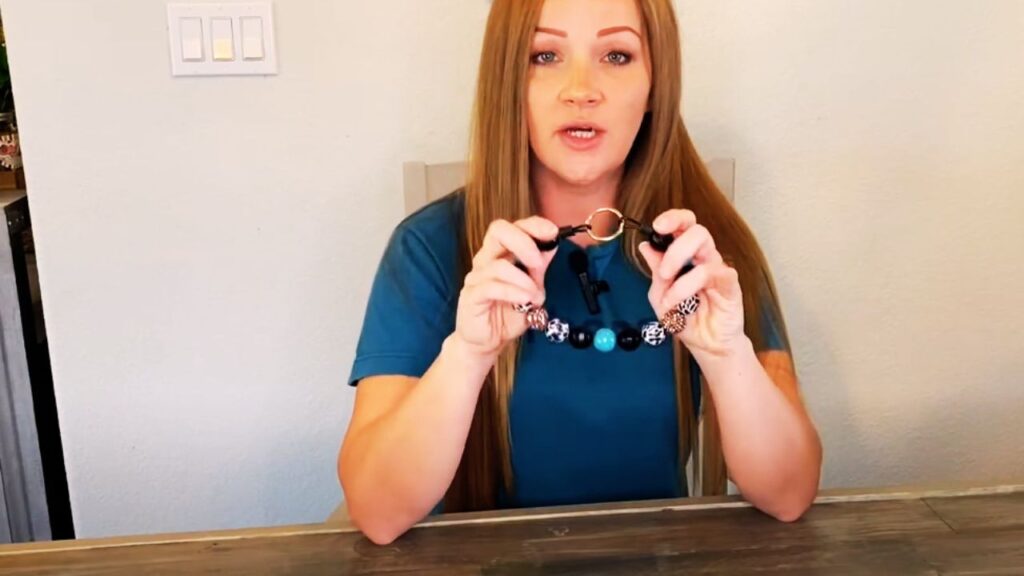
Yes, beaded dog collars can be safe when they are carefully designed, properly fitted, and suitable for your dog’s specific size and activity level. However, they also come with certain risks if poorly made or if used inappropriately.
To find the perfect fit, learn more about what size collar for a Bichon, ensuring your dog’s comfort and safety.
Beaded collars are typically decorative and may not be suitable for high-energy dogs or situations where a more durable, functional collar is required. By choosing a well-crafted collar that prioritizes comfort, durability, and secure bead attachment, pet owners can safely enjoy the unique style that beaded collars bring.
What Are Beaded Dog Collars?
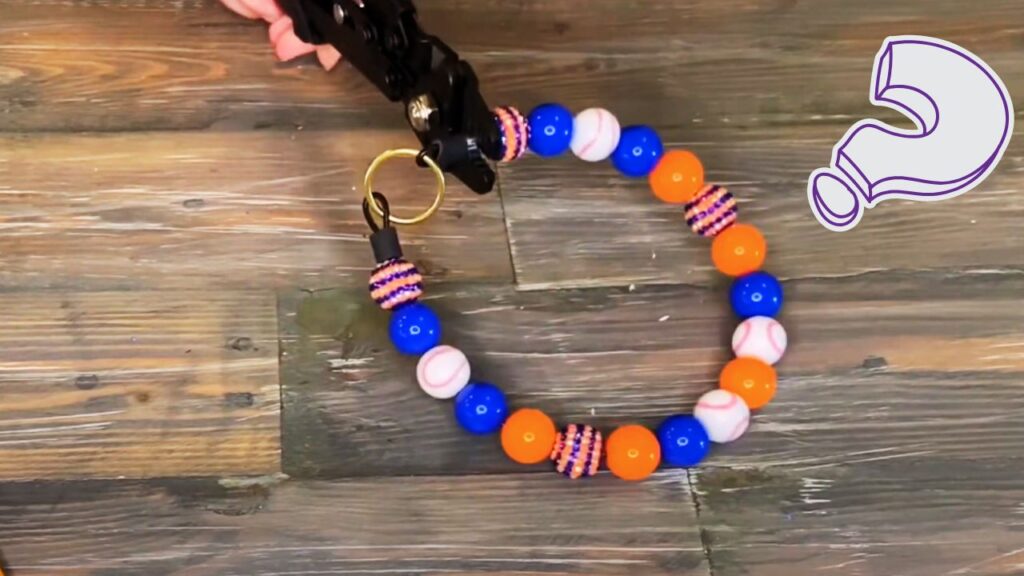
Beaded dog collars are designed with various beads attached to a leather or nylon base. The beads can be made of glass, wood, plastic, or metal and are often arranged in decorative patterns.
These collars are usually chosen for their aesthetic appeal rather than functional strength. Some beaded collars are handmade, offering a unique and personalized touch, while others are machine-produced with durability and security in mind.
Discover the ideal option by exploring what is the best collar material for a Bichon Frise to ensure your pet’s comfort and durability.
Key Features of Beaded Dog Collars
- Material: Beaded collars are often crafted on a leather, nylon, or cotton base, with beads secured on top.
- Types of Beads: Glass, wood, metal, or plastic beads are most common, each adding a different look and weight.
- Purpose: Primarily decorative, though some collars are sturdy enough for light walks or special occasions.
When selecting a beaded collar, it’s essential to choose one with securely fastened beads, an appropriate material base, and a comfortable fit for your dog.
Benefits of Beaded Dog Collars
Beaded dog collars can be a beautiful addition to your pet’s appearance. Here are some key benefits of using a beaded collar:
1. Unique Style

Beaded collars offer a unique look that sets your dog apart, showcasing their personality and style.
- Example: A leather collar with blue and silver glass beads adds a classy look, perfect for special occasions or outings.
- Benefit: Allows pet owners to express their dog’s individuality and stand out from standard collars.
2. Customization Options
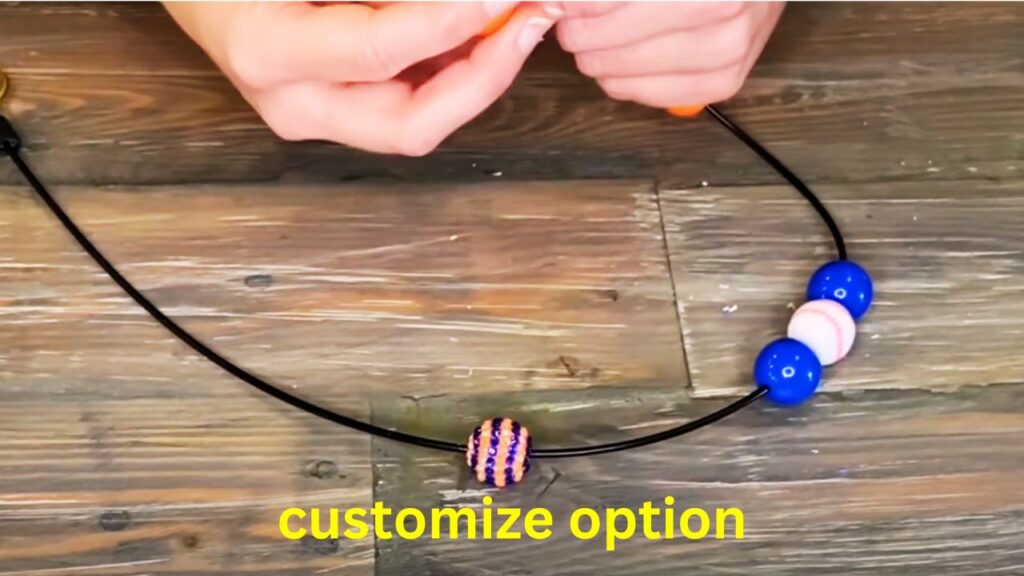
Many beaded collars are handmade, allowing for customization in bead color, pattern, and design. This flexibility lets you tailor the collar to match your dog’s size and personality.
- Example: Adding beads with your dog’s name or birthstone creates a meaningful, personalized touch.
- Benefit: Customization makes the collar feel more personal, adding sentimental value.
3. Lightweight Design (in Some Cases)
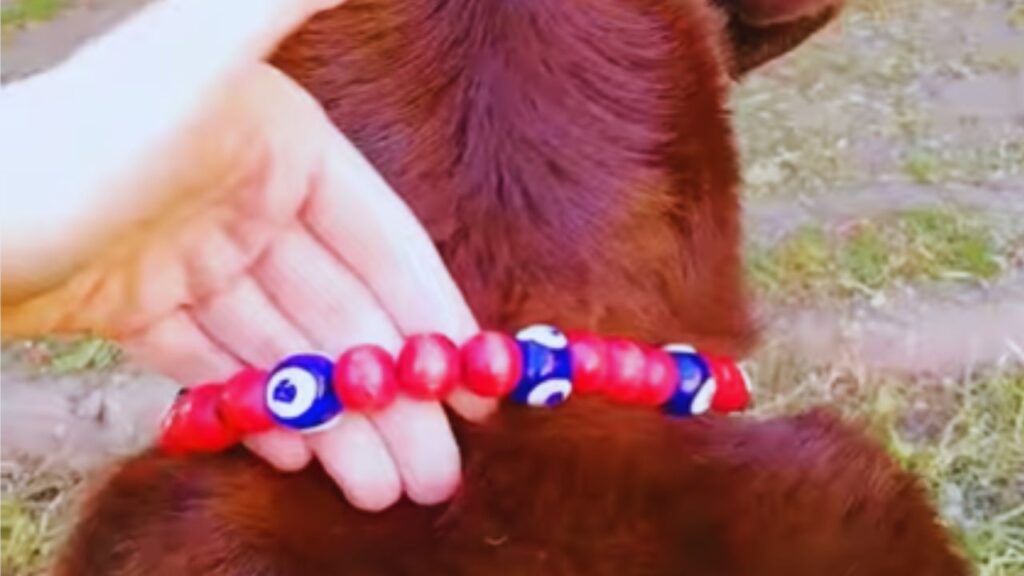
Certain beaded collars, especially those made with lightweight materials like cotton and small plastic beads, can be light and comfortable for smaller or more sensitive dogs.
- Example: A collar with small plastic beads on a cotton base can be comfortable enough for smaller breeds to wear daily.
- Benefit: Suitable for pets who don’t tolerate heavier collars well.
Beaded collars add a decorative touch and can be customized to reflect your dog’s personality, making them ideal for pet owners who enjoy accessorizing their dogs.
The American Staffordshire Terrier’s coat type is short, sleek, and easy to maintain with regular brushing.
Potential Risks of Beaded Dog Collars
While beaded dog collars are appealing, they also come with potential risks. Understanding these risks can help pet owners make informed choices about their dog’s safety.
1. Risk of Beads Falling Off

One of the main concerns with beaded collars is the possibility of beads detaching and posing a choking hazard. Dogs may chew or accidentally ingest the beads if they come loose.
- Example: A playful dog that frequently scratches or bites at their collar may loosen the beads, increasing the risk of detachment.
- Solution: Choose a high-quality collar with securely fastened beads and inspect the collar regularly for any signs of loosening.
2. Fragility and Limited Durability
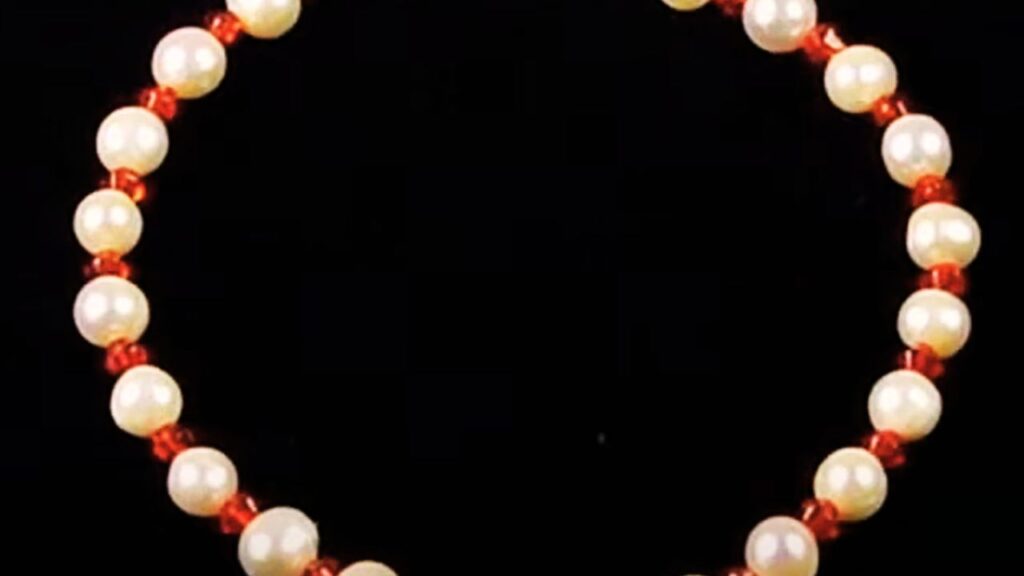
Beaded collars are generally more fragile than standard collars, especially if they use glass or ceramic beads. These materials can break easily under pressure or rough play, which may cause injury or make the collar unsuitable for active dogs.
- Example: Glass beads can crack if your dog is highly active or rough, creating sharp edges that could harm their skin.
- Solution: Reserve beaded collars for light use, such as short walks or special occasions, rather than everyday activities.
3. Weight and Bulkiness
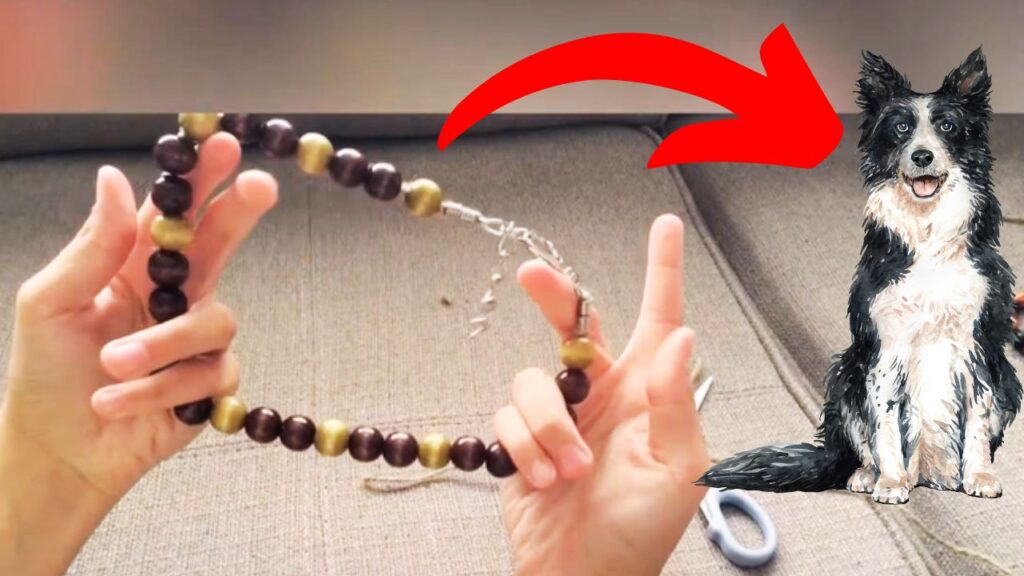
Beaded collars may become heavy, depending on the materials used, which can be uncomfortable, especially for small or delicate dogs. Large, metal-beaded collars can weigh down the neck and cause strain over time.
- Example: A large collar with thick metal beads could be too heavy for small breeds, leading to neck strain.
- Solution: Opt for lightweight bead materials and ensure the collar is proportionate to your dog’s size.
4. Skin Irritation or Allergic Reactions

Beads made of certain metals or synthetic materials can irritate a dog’s skin, particularly if your dog has sensitive skin or allergies.
- Example: A dog with sensitive skin may react to nickel-plated beads, resulting in itching or redness.
- Solution: Choose hypoallergenic materials, like stainless steel or plastic, to minimize the risk of irritation.
The best collar size for an American Staffordshire Terrier ensures a comfortable and secure fit for your dog during walks and training.
Comparison Table: Beaded Dog Collars vs. Standard Dog Collars
Table: Comparison of Beaded Dog Collars and Standard Dog Collars
Tips for Choosing and Using a Beaded Dog Collar Safely
If you’re considering a beaded collar for your dog, these tips will help you ensure safety and comfort:
- Choose Quality Materials: Opt for beads that are securely attached and made from safe, hypoallergenic materials like stainless steel or plastic. Avoid fragile materials like glass or ceramics if your dog is active.
- Ensure Proper Fit: Check that the collar fits snugly but comfortably. An ill-fitting collar may irritate the neck and increase the risk of beads coming loose.
- Inspect Regularly: Examine the collar frequently to ensure beads are still securely fastened. Replace or repair the collar at the first sign of wear.
- Limit Use to Supervised Settings: Use beaded collars for short walks, photo sessions, or special occasions. Avoid using them during intense activities or rough play.
- Consider Your Dog’s Size and Activity Level: Choose a collar with appropriately sized beads and weight for your dog’s size. Lightweight beads are more comfortable for smaller dogs, while durable materials are better for larger breeds.
Conclusion
Beaded dog collars can be safe when chosen carefully and used appropriately. They offer a unique and stylish way to accessorize your dog, but they’re best suited for occasional wear or light use rather than daily activities.
To find out the what size collar for an Affenpinscher, ensure you measure your dog’s neck correctly for a perfect fit.
Selecting a high-quality, well-fitting beaded collar, made from safe and durable materials, can help reduce risks and make the collar a fun, decorative addition to your dog’s wardrobe. Hope so, now you know the answer to: Are beaded dog collars safe?
Final Recommendations
- Choose Durable, Hypoallergenic Beads: Opt for beads made from stainless steel, plastic, or other safe materials to prevent skin irritation and choking hazards.
- Prioritize Proper Fit: Ensure the collar fits comfortably to avoid irritation and minimize the risk of beads detaching.
- Limit Use to Special Occasions: Reserve beaded collars for supervised settings and avoid use during high-energy activities.
- Inspect Regularly for Wear: Check that beads are securely attached and replace the collar if any wear or damage is observed.
- Consider Lightweight Options for Small Dogs: Smaller dogs benefit from lighter beaded collars, while larger breeds may need more durable collars with sturdier beads.
By following these guidelines, you can ensure that a beaded collar enhances your dog’s appearance while keeping them safe and comfortable.
FAQs
1. Can beaded collars be worn by all dog breeds?
Beaded collars can be worn by most breeds, but they are best suited for smaller or less active dogs. Active, large breeds may require more durable collars.
2. How often should I check a beaded collar for damage?
Check the collar at least once a week, or more often if your dog is very active, to ensure that the beads remain securely attached.
3. Are beaded collars suitable for puppies?
It’s generally best to avoid beaded collars for young puppies who are more likely to chew on them. Standard collars are safer for daily wear.
4. Can beaded collars cause allergies?
Some beads, especially metal ones, may cause skin irritation. Hypoallergenic materials, like plastic or stainless steel, are safer for sensitive dogs.
5. Are beaded collars functional for leash training?
No, beaded collars are primarily decorative. They are not as durable as standard collars and may not withstand the strain of leash training.

